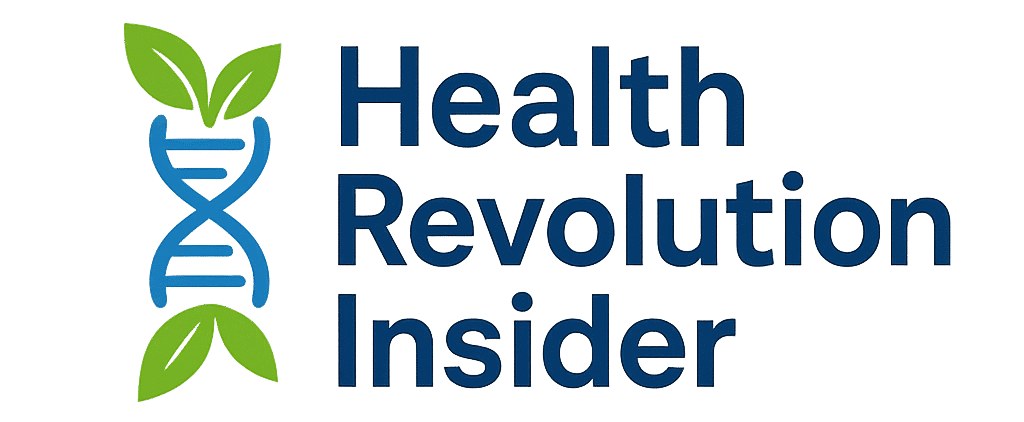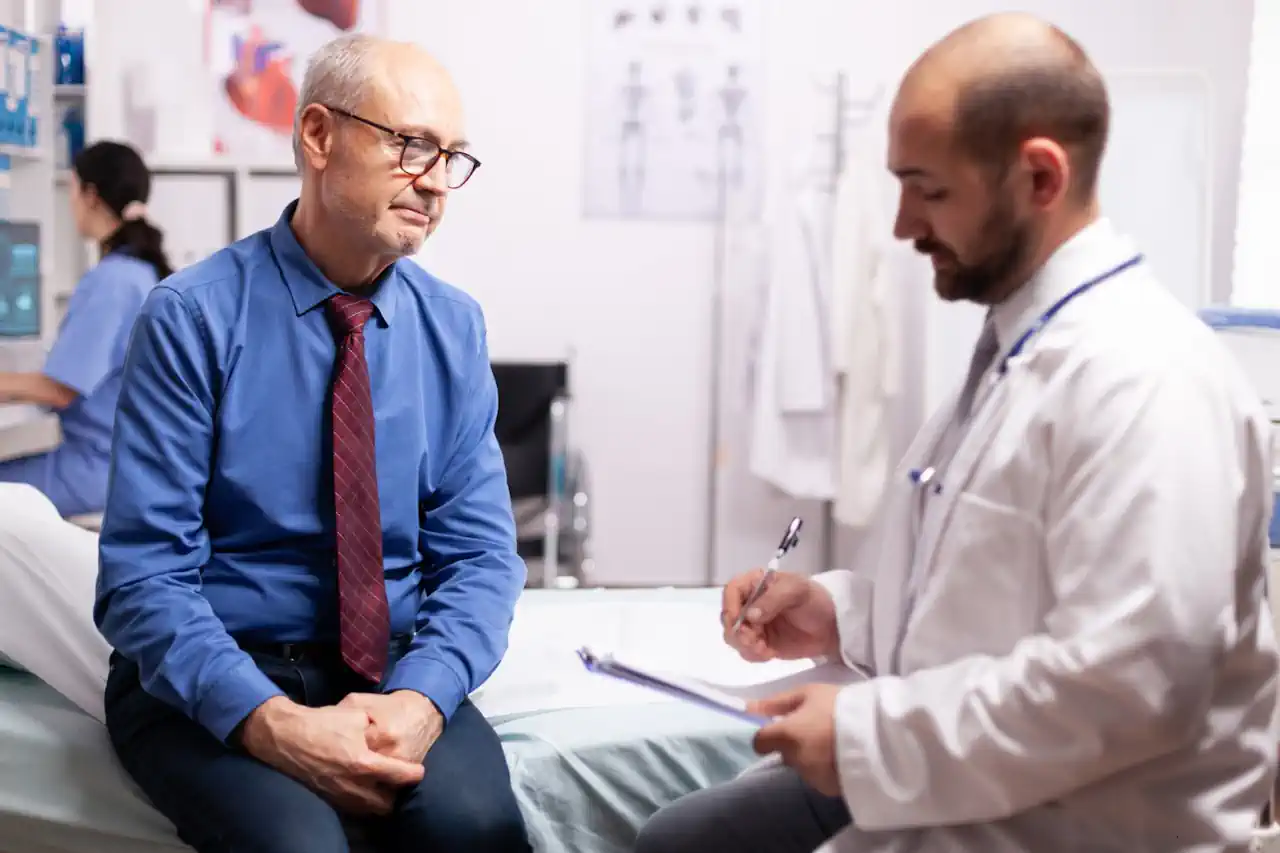Prostate health is a significant concern for many men, especially as they age. One method that has gained attention in recent years is prostate massage, often referred to as “milking” the prostate. This practice has generated both interest and controversy within the medical community and among men seeking ways to maintain or improve their prostate health. In this article, we will explore what you need to know about prostate massage, its potential benefits, risks, and the importance of consulting with a healthcare professional.
Understanding the Prostate
The prostate is a small gland located just below the bladder, surrounding the urethra. It plays a crucial role in the male reproductive system, producing seminal fluid that nourishes and transports sperm. Prostate health is essential for overall well-being, and any issues with this gland can lead to discomfort and serious health problems, including prostate cancer.
Prostate Massage Explained
Prostate massage is a technique involving the gentle stimulation of the prostate gland, typically through the rectum. It can be done manually or with the assistance of a specialized device. The goal of prostate massage is to release accumulated fluids and toxins from the gland, potentially improving prostate health and relieving certain symptoms.
Benefits of Prostate Massage
- Improved Prostate Health: Advocates of prostate massage suggest that it may help improve overall prostate health by reducing the risk of prostatitis (inflammation of the prostate) and promoting better blood circulation in the area.
- Pain Relief: Some men with conditions like chronic prostatitis or pelvic pain report relief from discomfort and pain after prostate massage sessions.
- Sexual Health: Prostate massage may enhance sexual function by increasing blood flow to the prostate and improving erectile function. Some men also report more intense orgasms.
- Prostate Cancer Screening: In some cases, prostate massage is used as a complementary method for collecting prostate fluid samples for testing. This can aid in the early detection of prostate cancer.
Risks and Considerations
- Infection Risk: Prostate massage should be done with extreme care to avoid introducing bacteria or causing injury. Always use a condom and plenty of lubrication, and ensure proper hygiene.
- Discomfort: Prostate massage may cause discomfort or pain, especially if performed incorrectly or too aggressively.
- Consult a Healthcare Professional: Before attempting prostate massage, it is crucial to consult with a healthcare professional, preferably a urologist, to assess your specific needs and ensure you do not have any underlying conditions that could be aggravated by this practice.
- Not a Cure-All: Prostate massage is not a guaranteed solution for prostate problems and should not replace conventional medical treatments. It should be considered a complementary approach when appropriate.
Prostate massage, often referred to as “milking,” is a practice that has gained attention for its potential benefits in promoting prostate health and relieving certain symptoms. However, it should be approached with caution, and individuals considering this practice should consult with a healthcare professional to determine its suitability for their specific circumstances. Prostate health is a critical aspect of overall well-being, and it is essential to prioritize it through a combination of regular medical check-ups, a healthy lifestyle, and informed decisions about complementary practices like prostate massage.
Sources:
- American Urological Association. “Prostatitis: Inflammation of the Prostate.” https://www.urologyhealth.org/urologic-conditions/prostatitis-inflammation-of-the-prostate
- Harvard Health Publishing. “Prostate massage revisited.” https://www.health.harvard.edu/mens-health/prostate-massage-revisited
- WebMD. “Prostate Massage: What Is It and Why Do People Do It?” https://www.webmd.com/men/prostate-massage
- Mayo Clinic. “Prostate gland.” https://www.mayoclinic.org/diseases-conditions/prostate-cancer/multimedia/prostate-gland/img-20008676

